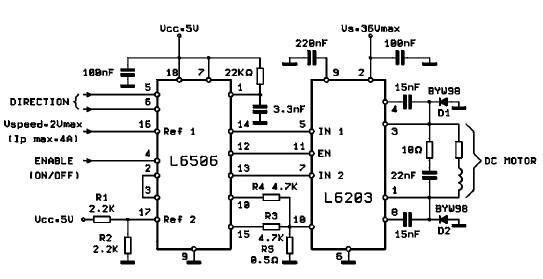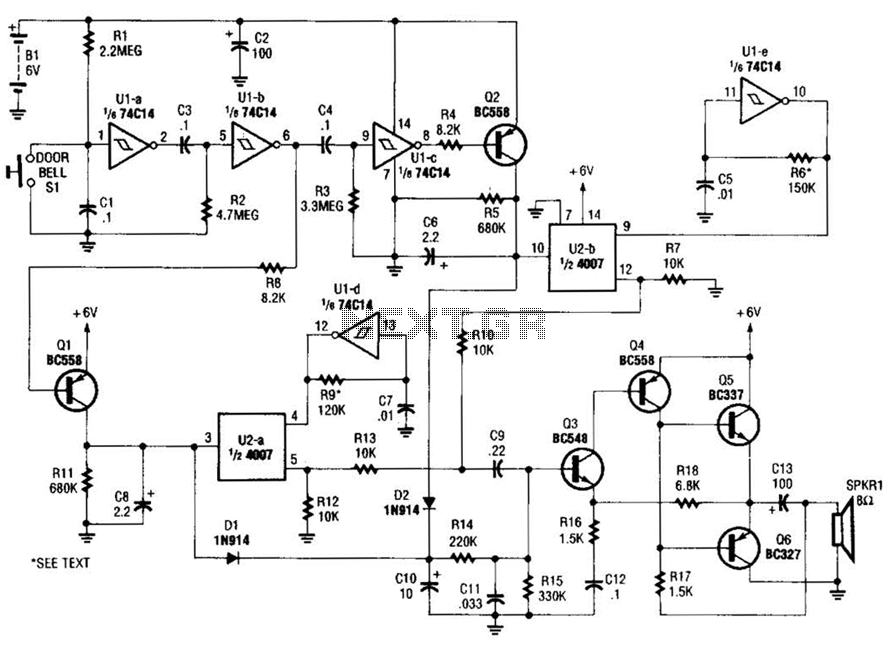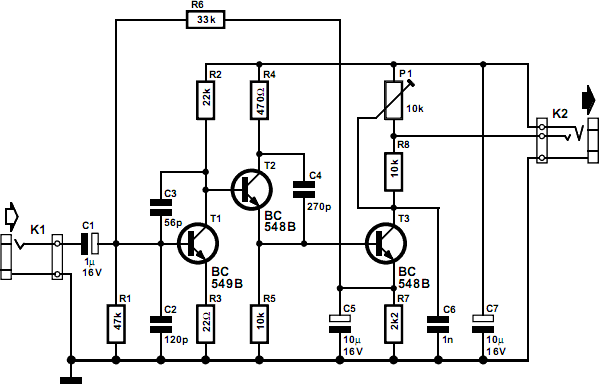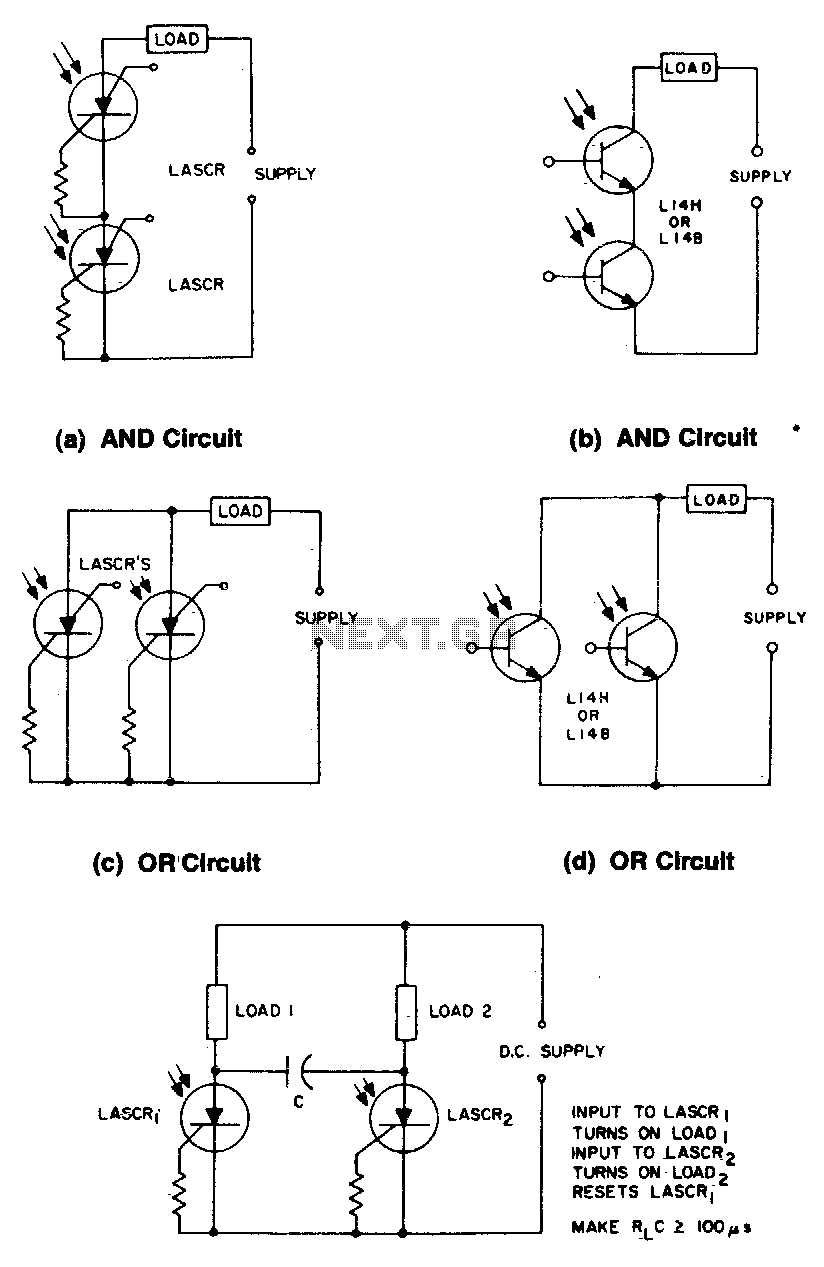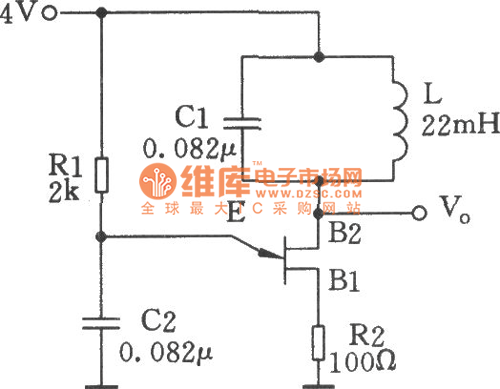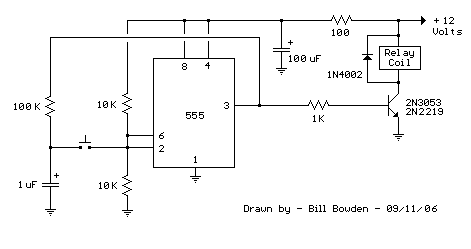
6 graphic equaliser circuit 741 op amp
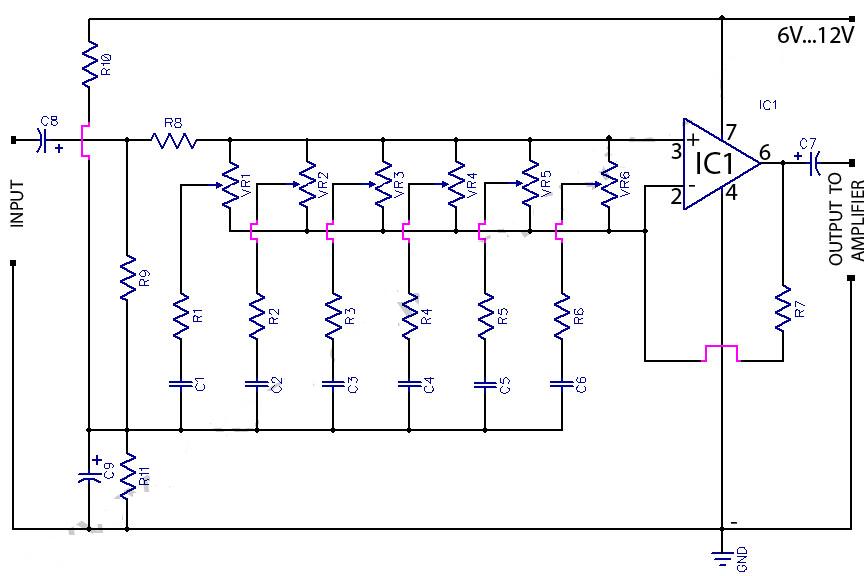
This circuit is a six-band graphic equalizer that allows modification of sound across low, mid, and high frequencies using an IC 741 operational amplifier. It enables management and mixing of frequencies and tones as desired. The audible frequency spectrum is divided into six bands: 50Hz, 160Hz, 500Hz, 1.6kHz, 5kHz, and 16kHz. All potentiometers used are 100kΩ linear type. The circuit provides adequate boost or cut for typical applications. The power supply for the circuit can be derived from the amplifier or preamplifier itself. The wide range of supply voltage (6V-20V) makes the circuit highly versatile, and power consumption is negligible.
The six-band graphic equalizer circuit utilizes the IC 741 operational amplifier to facilitate sound modification across designated frequency bands. Each of the six frequency bands corresponds to specific audible frequencies: 50Hz, 160Hz, 500Hz, 1.6kHz, 5kHz, and 16kHz. The circuit architecture allows for independent adjustment of each band through the use of 100kΩ linear potentiometers, enabling users to boost or cut the signal in each respective frequency range.
The operational amplifier configuration ensures that the circuit can effectively handle the necessary gain adjustments while maintaining audio fidelity. The circuit is designed to be powered by a supply voltage ranging from 6V to 20V, providing flexibility for integration with various audio systems, including amplifiers and preamplifiers. This adaptability allows the equalizer to be employed in multiple scenarios, from home audio systems to professional sound setups.
Power consumption is minimal, making the circuit efficient and suitable for continuous use without significant energy draw. The design emphasizes usability, allowing users to tailor their audio experience by modifying the frequency response to suit personal preferences or specific audio requirements. The overall circuit design is compact and can be easily incorporated into existing audio equipment, enhancing its functionality and performance.This circuit is half dozen Band Graphic Equaliser, you can modify sound in low, mid and high that circuit used IC 741 Op-Amp. With this circuit you can management and mix frequencies and tones as desired. The audiblefrequency spectrum is roofed in six steps: 50Hz, 160Hz, 500Hz, 1. 6kHz, 5kHz, 16kHz. All potentiometers are of 100k © linear kind. The circuit provides adequate boost / cut for traditional use. power provide for the circuit may be derived from the amplifier / preamplifier itself. The wide rangeof provide voltage (6V-20V) makes the circuit terribly versatile. Power consumption is negligible. 🔗 External reference
The six-band graphic equalizer circuit utilizes the IC 741 operational amplifier to facilitate sound modification across designated frequency bands. Each of the six frequency bands corresponds to specific audible frequencies: 50Hz, 160Hz, 500Hz, 1.6kHz, 5kHz, and 16kHz. The circuit architecture allows for independent adjustment of each band through the use of 100kΩ linear potentiometers, enabling users to boost or cut the signal in each respective frequency range.
The operational amplifier configuration ensures that the circuit can effectively handle the necessary gain adjustments while maintaining audio fidelity. The circuit is designed to be powered by a supply voltage ranging from 6V to 20V, providing flexibility for integration with various audio systems, including amplifiers and preamplifiers. This adaptability allows the equalizer to be employed in multiple scenarios, from home audio systems to professional sound setups.
Power consumption is minimal, making the circuit efficient and suitable for continuous use without significant energy draw. The design emphasizes usability, allowing users to tailor their audio experience by modifying the frequency response to suit personal preferences or specific audio requirements. The overall circuit design is compact and can be easily incorporated into existing audio equipment, enhancing its functionality and performance.This circuit is half dozen Band Graphic Equaliser, you can modify sound in low, mid and high that circuit used IC 741 Op-Amp. With this circuit you can management and mix frequencies and tones as desired. The audiblefrequency spectrum is roofed in six steps: 50Hz, 160Hz, 500Hz, 1. 6kHz, 5kHz, 16kHz. All potentiometers are of 100k © linear kind. The circuit provides adequate boost / cut for traditional use. power provide for the circuit may be derived from the amplifier / preamplifier itself. The wide rangeof provide voltage (6V-20V) makes the circuit terribly versatile. Power consumption is negligible. 🔗 External reference
